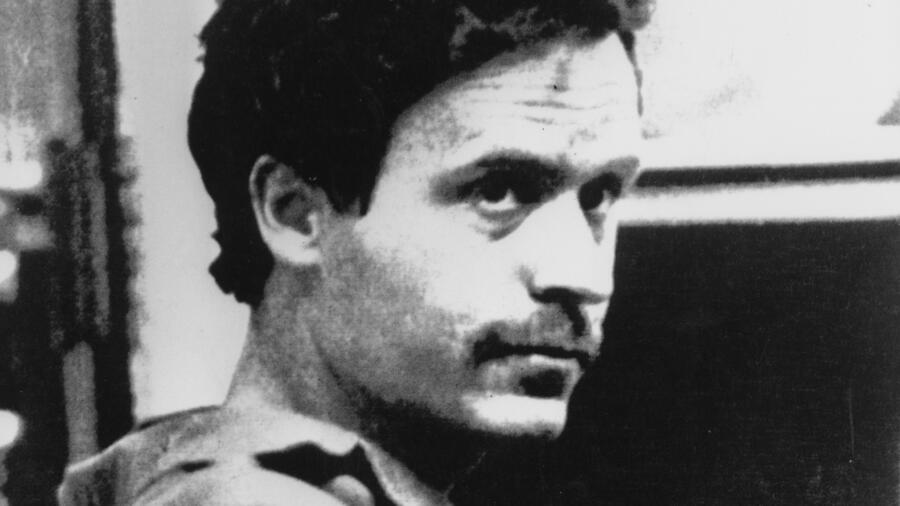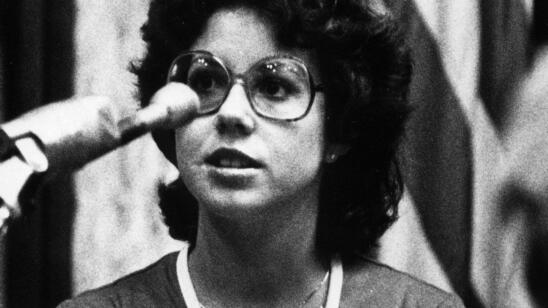The two severed heads were found three weeks and 150 miles apart in March 2018: one in a grassy marsh near Calcasieu Lake in Louisiana, the other on the rocky shoreline of Texas’s Lake Houston. Despite the distance, there were striking similarities between the scenes.
The heads were each found in plastic bags. And both the victims had red hair, good teeth and were approximately the same age.
Investigators are treating the murders as potentially linked.
Many serial killers have a type of victim that they seek out, says Dr. Mary Ellen O’Toole, a retired FBI profiler who specializes in psychopathy and has worked on hundreds of serial-murder cases.
In terms of how serial killers select their victims, O’Toole says “their preferences are a combination of what victims are available…accessible…and desirable.”
O’Toole says these preferences typically develop over time: from early “practice” murders—when the killer is still finding their murderous identity, and will kill whomever is most readily available—to later on, when they’re more experienced and have narrowed down how, and whom, they wish to kill.
“It’s like anything else,” she says. “At first, you don’t know what you like and what you don’t like.”
In this episode of PD Stories, Tom Morris Jr. is joined by retired FBI Profiler Mary Ellen O’Toole who explains what it is like to get inside the mind of a killer.
According to O’Toole, the amount of variety in the full breadth of serial killer’s victims speaks to their impulsivity. Some serial killers will feel such a strong compulsion to murder that—when the itch comes on—they won’t be very selective, choosing victims largely by who is available and accessible at that time. Other killers are more comfortable waiting for the “right” highly desirable victim to come along.
A&E True Crime takes a closer look at some serial killers with well-defined victim preferences, and what made them home in on their victims of choice.
The Toolbox Killers: Lawrence Bittaker and Roy Norris
Bittaker and Norris earned their macabre nickname for the items they used to torture their victims (e.g. pliers, hammers) before ending their lives. All told, the duo raped and murdered five teenage girls over four months in 1979 before their apprehension.
The pair met at the California Men’s Colony prison in San Luis Obispo. Bittaker was serving time for assault with a deadly weapon for stabbing a supermarket clerk, when Norris joined him at the complex in 1977 on a rape charge. The pair formed a close friendship, and hatched a plan to rape and murder teenage girls once they were both free.
O’Toole, who interviewed Bittaker for the FBI, says that their plan was to “get a girl for each teenage year.” Their goal was a seven-victim spree: one each for ages 13 to 19.
“Was that [plan] gamesmanship? I don’t know,” she says. “Larry was the leader of the two. That was the kind of girl he was attracted to: a younger girl, more of a teenage girl. And Roy kind of went along with it.”
Ultimately, they murdered five girls: Leah Lamp, 13; Jacqueline Gilliam, 15; Shirley Ledford, 16; Lucinda “Cindy” Schaefer, 16; and Andrea Hall, 18.
“Once they got the girl into their van, it didn’t matter if they were 15 or 17,” says O’Toole about the age discrepancies, adding that “they didn’t ask for their IDs.”
In order to avoid the death penalty, Norris testified against Bittaker. He was denied parole in 2009, but will be eligible again in 2019.
Bittaker is incarcerated on death row at San Quentin State Prison.
The Brownout Strangler: Eddie Leonski
An American GI stationed in Australia, Leonski earned his nickname committing his murders in World War II-era Melbourne, where streetlights were kept dimmer than normal so as to protect the metropolis from potential Japanese air strikes.
Over a few short weeks in May 1942, Leonski strangled three women before being apprehended. When he confessed, he told police he was particularly attracted to women’s voices, noting that one of his victims had such a nice voice that “I wanted it for myself.”
According to O’Toole, it’s helpful for investigators to know when an at-large killer has preferences because then “they can tighten up [their search].”
That said, she cautions fellow investigators from getting too categorical when they see patterns, like red hair or nice voices.
“We put [serial killers] into our comfort zones… To say, ‘My serial killer will only go after women with beautiful voices and so will only go to the opera,’ would be naive. He may hear somebody talk on the bus sitting next to him and think, ‘That’s a beautiful voice.'”
For his crimes, Leonski was sentenced to death and hanged six months after his arrest.
Ted Bundy
One of the most prolific serial killers in American history, Bundy confessed to committing 30 homicides between 1974 and 1978. Although it has been reported that Bundy had a preference for women with long dark hair parted down the middle, Bundy himself refuted this claim in a death-row interview with writers Stephen Michaud and Hugh Aynesworth for their book Ted Bundy: Conversations with a Killer, saying that the only shared attribute amongs his victims was they were “young and fairly attractive.”
But O’Toole says Bundy broke his pattern of preying on college-aged women when he abducted and murdered 12-year-old Kimberly Leach in Florida. That kind of pattern-breaking, she says, is common, even among killers with a set “type.”
“Years ago, law enforcement was really fixated on the idea that if a serial killer had a preference of victims with hair parted down the middle, he wouldn’t fluctuate,” says O’Toole. “But they do, and the reason they do is psychopathic individuals tend to be very amoral. They have no moral compass. They may have a preference… but when you combine that need for high-risk with impulsivity, you have to be open to these guys being fairly flexible.”
As to whether or not Bundy was attempting to hunt victims who may have looked like an ex-lover who had spurned him, O’Toole says she doesn’t bother with those kinds of questions. “I’ve had people ask me, ‘Were they always trying to kill their mother?’ over and over again. That’s too much psychobabble for me. I have to rely on objective information. I look at the medical examiner’s report.”
Related Features:
Why Would Serial Killers Help the FBI Understand Other Serial Killers?
When It’s Your Job to Interview Cold-Blooded Killers
Why Are There More Serial Killers in the U.S. Than Any Other Country?
‘Good Luck Sleeping Tonight’: Serial Killers Plague Almost All Cities


